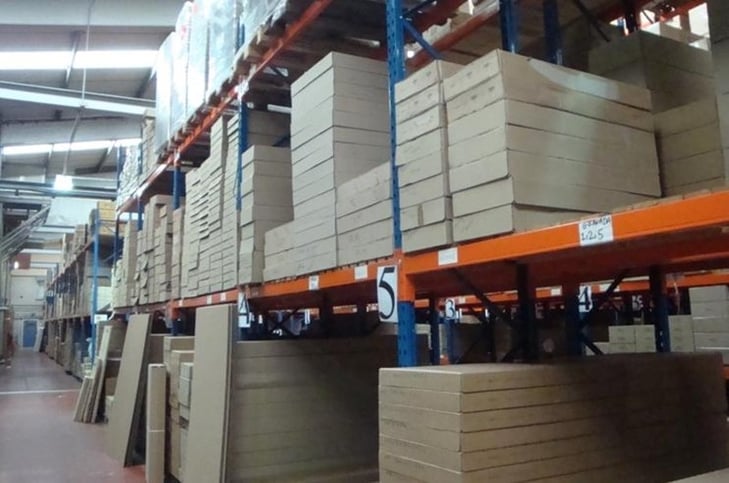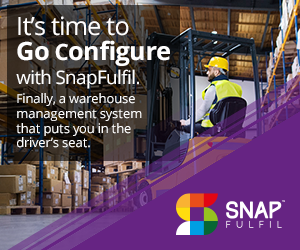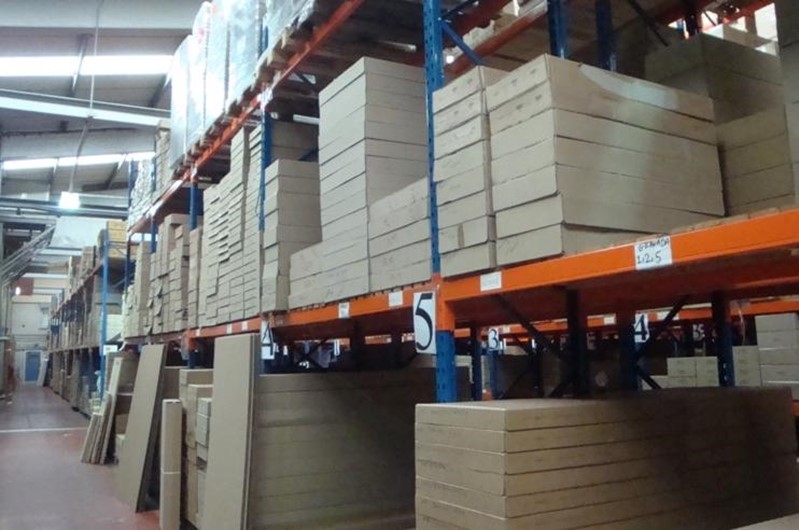Leveling the playing field for small e-commerce retailers
It's no secret that the e-commerce industry is extraordinarily competitive, and much of that competition comes from one giant player. In a relatively short amount of time, Amazon.com went from just another online retailer to a globe-spanning behemoth. This impressive success begs the question: How did this company grow from a one-man garage operation to what it is today in about 20 years? Much of it came not from a wide product offering or clever business dealings, but from meticulous organization and high-level efficiency within the Amazon warehouse.
Still, e-commerce retailers stand more than a fighting chance of competing with Amazon, but only if they first make the right moves in their supply chain and logistics. Implementing a best of breed warehouse management system is an important step toward realizing this goal.
How do they do it?
Even though your company may not want to be the next Amazon, the corporation's size and scope make it a competitor all the same. This is especially true with fulfillment - one of Amazon's biggest selling points is its ability to deliver products in less than a day, sometimes within a couple of hours. The scale of their operation makes this possible, but none of it would actually happen without nailing down warehouse processes with the utmost precision.
"A WMS makes high efficiency attainable for any business."
Amazon has begun installing robots to handle order picking in some of its warehouses, but giving humans the tools to work just as efficiently as a machine has proven much easier. That includes a sophisticated WMS that can quickly assign pickers to an order, give them precise commands on where and how to retrieve it, and keep tabs on inventory. Even in a warehouse spanning multiple football fields, there is never any guesswork on where an item is located or where it should go.
A cloud WMS can give this same level of power to small e-commerce retailers at an affordable price. Amazon may have massive warehouses, but growing companies can implement the same techniques with a barcode scanner and a best-of-breed WMS. Simply integrating inventory information into the picking process eliminates a substantial amount of mistakes and confusion that will derail any warehouse operation.
Shaving the seconds
In every logistics operation, seconds count. Amazon has learned to treat every second as a precious commodity, and designed its warehouse space with this in mind. Products on the shelves are organized according to their size, down to one-tenth of an inch. Once orders are picked and packed in one New York City fulfillment center, they are placed on shelves based on their final destination, with specific neighborhoods getting their own space. Amazon has recently even taken their processes and speed to delivery a step further with the introduction of its first ever package delivery by drone.

Every second counts in a warehouse operation of any size.
What too many small retailers don't realize is that these seconds do matter. In addition, finding where to save time may be just as hard as implementing changes to save it. A WMS can make both tasks possible. By directing traffic within the warehouse, floor staff will know exactly where to go and what to do with each package and task. Meanwhile, managers and supervisors will have a central source for every activity within those four walls. This allows them to make continuous improvements to their process and begin shaving away those precious seconds that often add up to big savings.
Becoming as massive as Amazon may not be a realistic goal for many e-commerce companies. However, it's still entirely possible to match or even exceed the industry leader's speed and service with an intuitive, inexpensive cloud WMS.



